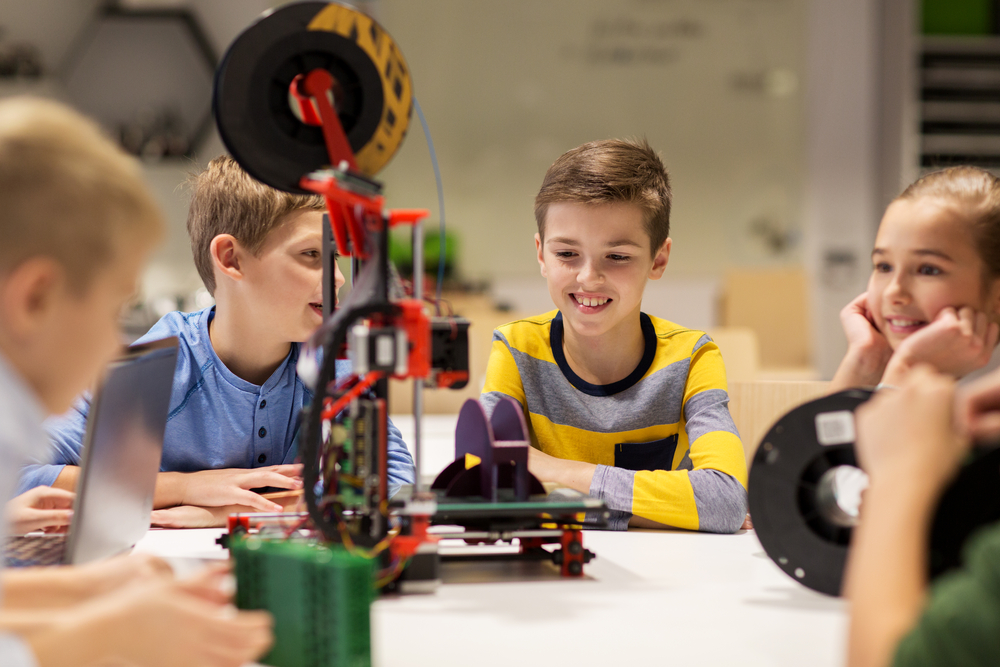Imagination is one of the most powerful tools in a child’s development. It opens doors to creativity, problem-solving, and emotional growth, helping children navigate their world with curiosity and confidence. From crafting stories about mythical creatures to constructing intricate block cities, a child’s imagination serves as a playground for their cognitive and emotional skills. This article explores how imagination fosters growth and offers ideas that will spark your child’s imagination and growth in meaningful ways.
The Role of Imagination in Child Development
Imagination is far more than play—it’s a cornerstone of child development. When children imagine, they’re not only entertaining themselves but also learning to think creatively, solve problems, and process emotions. For instance, engaging in pretend play allows children to explore different roles, practice empathy, and work through fears or uncertainties in a safe environment. A child pretending to be a doctor, for example, is not just having fun but also experimenting with concepts like care, responsibility, and problem-solving.
Additionally, imaginative play boosts cognitive skills. It encourages flexible thinking, helping children learn to adapt to new situations and consider alternative perspectives. Whether they’re crafting a story or building a tower, these activities challenge their brains to think outside the box, setting the foundation for innovative thinking later in life.
How Imagination Fuels Emotional Growth
Imagination also plays a vital role in emotional development. Through creative activities, children learn to express their feelings, understand the emotions of others, and develop resilience. For instance, storytelling—whether through drawing, writing, or oral narration—helps children process their emotions. They may create characters facing challenges similar to their own, which allows them to explore solutions in a risk-free environment.
Imagination also fosters self-confidence. When children successfully bring their ideas to life—whether by building a LEGO masterpiece or completing a creative art project—they develop a sense of accomplishment. This boosts their confidence, encouraging them to tackle challenges in other areas of life.
By incorporating ideas that will spark your child’s imagination and growth into daily life, you’re investing in their development and future. Whether through storytelling, outdoor adventures, or creative art projects, the opportunities to ignite their creativity are endless. In a world increasingly influenced by technology and social media, it’s more important than ever to cultivate spaces where children can dream, create, and grow.
Ideas That Will Spark Your Child’s Imagination and Growth
To nurture your child’s creativity, it’s essential to provide opportunities for imaginative play and expression. Here are some simple yet effective ideas:
1. Create a Storytelling Corner: Set up a cozy space with books, puppets, and props. Encourage your child to invent stories or reenact their favorite tales. This not only sparks imagination but also enhances language and communication skills.
2. DIY Craft Projects: Offer open-ended materials like cardboard boxes, fabric scraps, markers, and glue. Let your child create anything they can imagine, from rocket ships to castles. Such projects stimulate both their creativity and problem-solving abilities.
3. Outdoor Adventures: Nature provides endless inspiration. A walk in the woods can turn into a quest to find hidden treasure or discover magical creatures. These activities combine physical exercise with imaginative thinking.
4. Imaginative Role Play: Provide costumes or household items to inspire role play. A chef’s hat and apron might transform your child into a master cook, while an old sheet might become a superhero’s cape.
5. Interactive Art: Invest in supplies like finger paints, clay, or even digital drawing tools. Encourage your child to express their emotions or depict their wildest dreams through art.
6. Build a Fort: Pillows, blankets, and chairs can become the foundation of a secret hideout or a royal castle. Fort-building is an excellent way for children to engage in problem-solving and creative construction.
7. Introduce STEM Toys: Toys like building blocks, coding kits, and puzzles encourage children to use their imagination while also honing logical thinking and spatial awareness.
The Impact of Social Media on Imagination
In today’s digital age, social media has become a double-edged sword for children’s creativity. On the one hand, platforms like YouTube and Pinterest provide endless inspiration. Children can learn to draw, craft, or even cook by following engaging tutorials. However, excessive exposure to screens can sometimes stifle imagination by replacing active, hands-on play with passive consumption.
Parents can strike a balance by leveraging social media as a tool for fostering creativity while setting limits on screen time. For example, encourage your child to watch a crafting tutorial on social media, then challenge them to create something similar using materials at home. This way, social media becomes a starting point for imaginative activities rather than a replacement for them.
The Parent’s Role in Nurturing Imagination
Parents play a critical role in fostering their child’s imagination. Start by creating an environment that encourages exploration and creativity. Provide a variety of materials and experiences, but resist the urge to direct or control their play. Allowing children the freedom to explore their ideas builds their confidence and independence.
Additionally, show enthusiasm for their creative efforts. Whether it’s a scribbled drawing or a fantastical story, celebrating their creativity reinforces the value of imagination. Ask open-ended questions about their projects, such as, “What inspired you to create this?” or “Can you tell me more about your idea?”
Finally, model creativity yourself. Share your interests in art, storytelling, or problem-solving with your child. When children see adults engaging in imaginative activities, they’re more likely to follow suit.
Imagination as a Lifelong Gift
Fostering imagination in childhood isn’t just about having fun; it’s about equipping children with the skills they need for lifelong success. Imagination nurtures critical thinking, emotional intelligence, and adaptability—qualities that are invaluable in an ever-changing world.
Remember, the magic of imagination lies in its ability to transform the ordinary into the extraordinary. When we nurture that magic, we help children discover not only the world around them but also the boundless potential within themselves.







